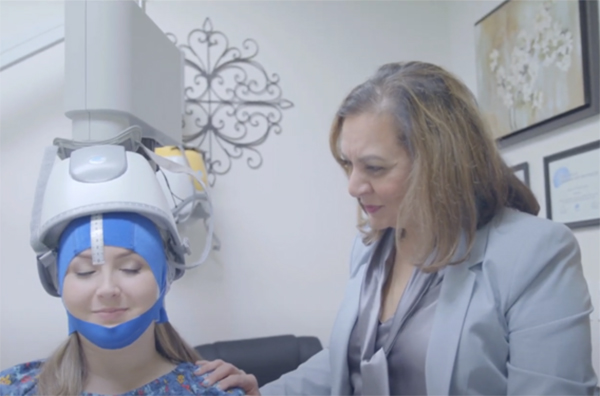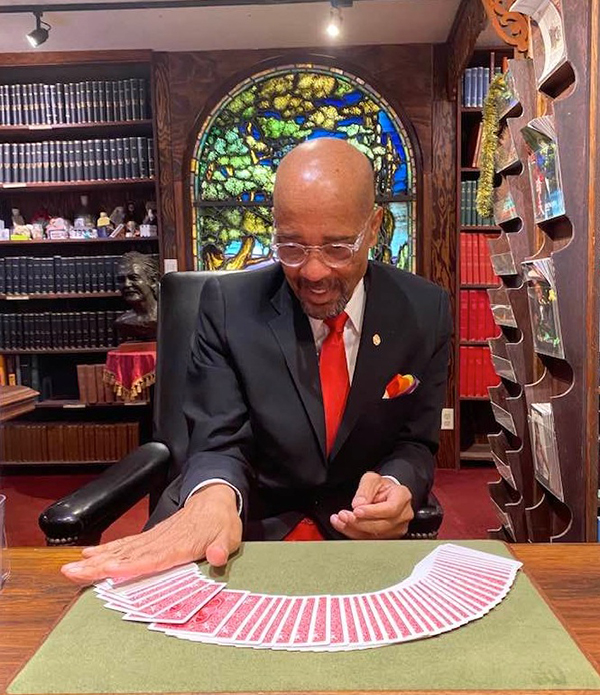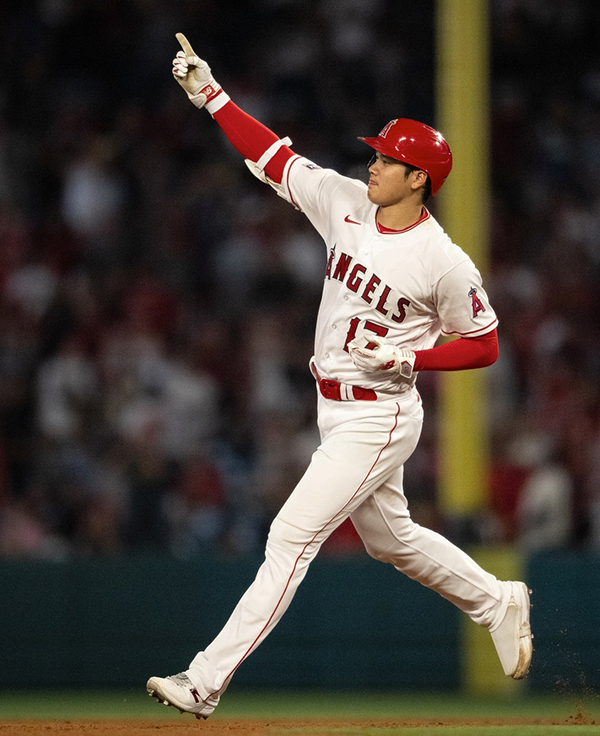By Don Wanlass
Contributing Writer
Josh Gibson died more than 77 years ago, about three months before Jackie Robinson broke the color barrier for Major League Baseball.
People who saw Gibson play baseball consider him the best hitter and catcher to ever play the game.
Major League Baseball itself acknowledged that this week when it announced that Gibson is now baseball’s all-time career leader in batting average, slugging percentage and on-base plus slugging percentage, and also holds the all-time single-season records in all three of those categories.
The historic changes to long-held baseball records follow an evaluation by the independent Negro Leagues Statistical Review Committee, which examined the statistics of more than 2,300 Negro Leagues ballplayers from 1920 to 1948.
According to Major League Baseball, Gibson’s .466 batting average for the 1943 Homestead Grays is now the highest mark in Major League history, followed by fellow Negro Leagues standout Charlie “Chino” Smith, who hit .451 for the 1929 New York Lincoln Giants. Those two averages eclipse the .440 by Hall of Famer Hugh Duffy in 1894. Two seasons by Hall of Famer Oscar Charleston enter the top 10 (.434 in 1921 for 4th and .427 in 1925 for seventh), while Charlie Blackwell is fifth with his .432 in 1921 and Hall of Famer Mule Suttles is eighth with his .425 in 1926.
Four slugging marks now eclipse the .863 by Barry Bonds in 2001. They were by Gibson in 1937 (.974); Suttles in 1926 (.877); Gibson in 1943 (.871); and Smith in 1929 (.870).
Gibson (.564 in 1943) and Smith (.551 in 1929) enter the top five in best on-base percentage led by Barry Bonds, who posted a .609 OBP in 2004 and a .582 OBP in 2002. Gibson is in third place and Smith is fourth.
Two Gibson seasons (1.474 in 1937 and 1.435 in 1943) will now lead the all-time on-base plus slugging percentage, surpassing the previous mark held by Bonds (1.421 in 2004), which is now third, slightly ahead of Smith’s 1929 season (also 1.421).
Gibson spent 17 years in the Negro Leagues, playing for three teams, the Memphis Red Sox, the Pittsburgh Crawford and the Homestead Grays. He finished with a career batting average of .372 — six points higher than Ty Cobb’s .366 — with 166 home runs in 602 games.
In those days when Blacks weren’t allowed in Major League Baseball, the best major leaguers often would play the top Negro League performers during the offseason. Gibson was usually considered the best catcher in those games.
“We are proud that the official historical record now includes the players of the Negro Leagues,” Major League Baseball Commissioner Rob Manfred Jr. said in announcing the changes to baseball’s all-time record book. “This initiative is focused on ensuring that future generations of fans have access to the statistics and milestones of all those who made the Negro Leagues possible. Their accomplishments on the field will be a gateway to broader learning about this triumph in American history and the path that led to Jackie Robinson’s 1947 Dodger debut.”
The newly integrated MLB database combines seven different Negro Leagues from 1920 to 1948 along with the American League, the National League and other major leagues in history. It will allow fans to view the statistics and records of Negro Leagues alumni as easily as all other historical Major League players.
In addition, Hall of Famers like Willie Mays, Willard Brown, Roy Campanella, Larry Doby, Monte Irvin, Minnie Miñoso, Satchel Paige and Jackie Robinson are among the many players whose career statistics will now officially include their accomplishments in the Negro Leagues. For example: Miñoso’s 150 hits with the New York Cubans 1946-1948 lift his career total over the 2,000 hits milestone to 2,113.
Robinson’s 49 hits for the 1945 Kansas City Monarchs boost his career hits total from 1,518 to 1,567.
Mays’ 10 additional hits with the 1948 Birmingham Black Barons increase his career hits total from 3,283 to 3,293.
More than any other sport, baseball has always treated its statistics almost as sacred as holy scriptures.
For years, Babe Ruth’s 714 career home runs was the barometer for all sluggers to aim for. Henry Aaron broke that record in 1974 and set the next benchmark at 755 when he retired two years later.
Barry Bonds came along during the steroid era and shattered Aaron’s mark and created some all-time season marks for slugging percentage, on-base percentage and on-base plus slugging percentage.
Gibson’s newly recognized marks surpass some of those Bonds’ records.
Major League Baseball is deserving of praise for acknowledging the accomplishments of players that were prevented from playing in the Major Leagues due to the color of their skin.
It’s a welcome step, one that makes Josh Gibson, Mules Suttle, Charlie “Chino” Smith and some of the other stars of the Negro Leagues equal to their counterparts at the time.
BABY STEPS: Caitlin Clark scored a career-high 30 points May 28 against the Los Angeles Sparks. It didn’t matter. Her Indiana Fever teammates could only score 52 points and the Sparks won 88-82 in Indiana.
Four days earlier, Clark scored only 11 points, but six of those came in the final two and a half minutes as the Fever rallied to defeat the Sparks, 78-73, for their first win of the season.
Both the Fever and Sparks are off to a slow start in the WNBA season. With their win over the Fever, the Sparks improved to 2-4 on the young season.
It’s still early in the season and Clark is still finding her way. Through eight games, she is averaging 17.3 points and 6.3 assists per game. Unfortunately, she is committing 5.5 turnovers a game.
Still, she is having an impact on the WNBA. The May 24 game against the Sparks at Crypto.com Arena drew the largest home crowd for a Sparks game in their 28-year history. The official attendance was announced at 19,103.
The May 28 rematch attracted 16,013 fans in Indiana, 88.96% of capacity at Gainbridge Fieldhouse. Last season, the Fever’s average attendance was 4,067. This year’s attendance is up 325%, with the Fever averaging more than 13,000 fans a game.
Those are the numbers WNBA executives are most interested in.
It’s been an up-and-down season for both Clark and Cameron Brink, the WNBA’s second draft pick this year, who plays for the Sparks.
Brink scored just 3 points and had 3 rebounds against the Fever May 28. She is averaging 9.5 points a game in 24.8 minutes.
Fellow rookie Rickea Jackson, the fourth overall pick in the draft, is averaging 10.2 points a game in 23.3 minutes. For now, Jackson is coming off the bench in most games.
The Sparks are being led by center Dearica Hamby, an offseason acquisition who is in her ninth WNBA season out of Wake Forest. Hamby, who spent three seasons with the San Antonio Stars and the last five seasons with the Las Vegas Aces, is averaging 20 points and 12.7 rebounds a game for the Sparks, far above her 9.4 and 5.8 career totals.
It will be interesting to see how the Sparks, Fever and the rest of the WNBA develop this season with more people watching than ever before.
The Fever will need to win more if Clark is going to become a transcendent player in sports. She is off to a decent start with plenty room for improvement remaining.
COACHING SCENE: The Lakers can scratch one of the candidates from their list of potential head coaches with the news May 29 that the Clippers had signed Tyronn Lue to a “long-term contract.”
Typical of the Clippers, there was no mention of how long the contract was for or how much money Lue would receive, but media sources put the length at five years worth $70 million, which would make Lue one of the highest paid coaches in the league.
The Lakers coveted Lue five years ago. At that time, the team was only willing to offer Lue a two-year deal. He wanted three years and the Lakers went with Frank Vogel. Lue signed with the Clippers and has led them to a 184-134 record over the last four seasons, including three postseason appearances.
In announcing the new contract, team President Lawrence Frank said “T Lue is everything we want in a head coach. He’s a brilliant tactician and a natural leader with an extraordinary ability to connect with those around him, both players and staff.”
“Four years ago, we felt privileged to hire T Lue, and we feel just as fortunate today. There’s no one we’d rather coach our team. T Lue is a pillar of the organization and will be for a very long time.”
Lue said he wanted to remain with the Clippers.
“This is where I want to be,” he said in the team’s announcement. “I’ve loved coaching this team for the past four years and I’m excited to head into a new era at Intuit Dome.
“I’m grateful to [owner] Steve [Ballmer], Lawrence and the entire organization for the opportunity. With our ownership, front office, roster, staff and arena, we have all the advantages we need to win in the present and the future, and I’m confident we will.”
Lue won the NBA title in 2016 with the Cleveland Cavaliers and LeBron James. The Cavaliers went to the NBA Finals all three years he was their coach.
His ties with the Lakers are deep. He was drafted by the Denver Nuggets in the 1998 NBA Draft out of Nebraska but was traded on draft night to the Lakers. He was on the 2000 and 2001 championship teams with the Lakers, though he only played in 61 games over his three seasons with the team. He also played with the Washington Wizards, Orlando Magic, Houston Rockets, Atlanta Hawks, Dallas Mavericks and Milwaukee Bucks in an 11-year career.
JJ Reddick continues to be the favorite to become the Lakers next head coach, sharing a podcast with LeBron James is being considered more important than his lack of coaching experience.
Reddick was one of the top shooting guards during his career in the NBA and is currently part of ABC’s national telecast crew for NBA games in addition to his podcast with James.
The Lakers supposedly met with New Orleans Pelicans assistant James Borrego May 29 about the position. Miami Heat assistant Chris Quinn is also on the Lakers’ list of candidates.




